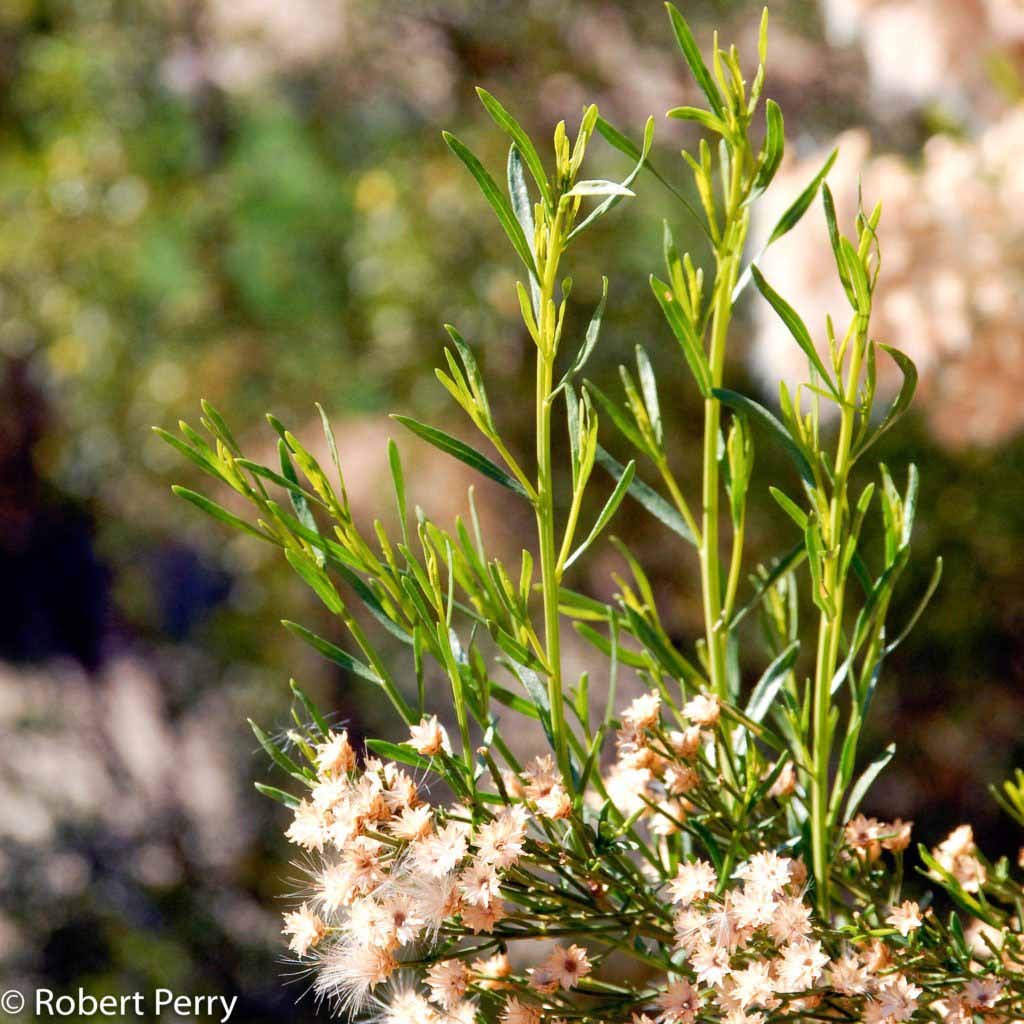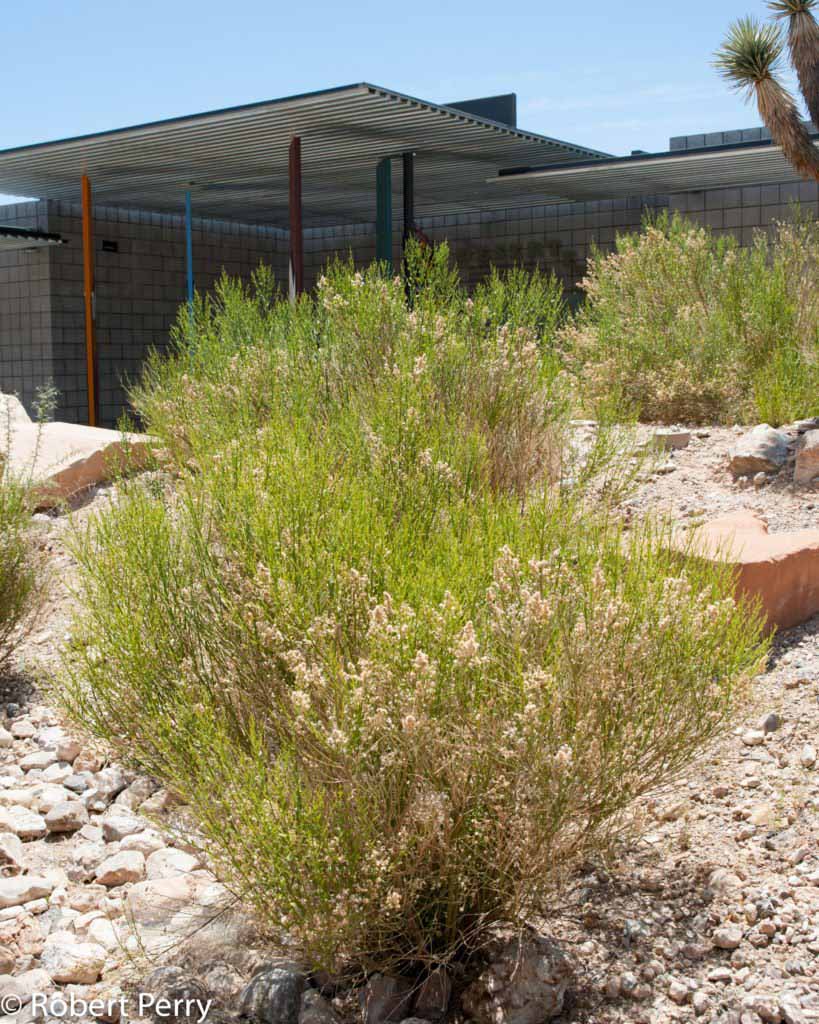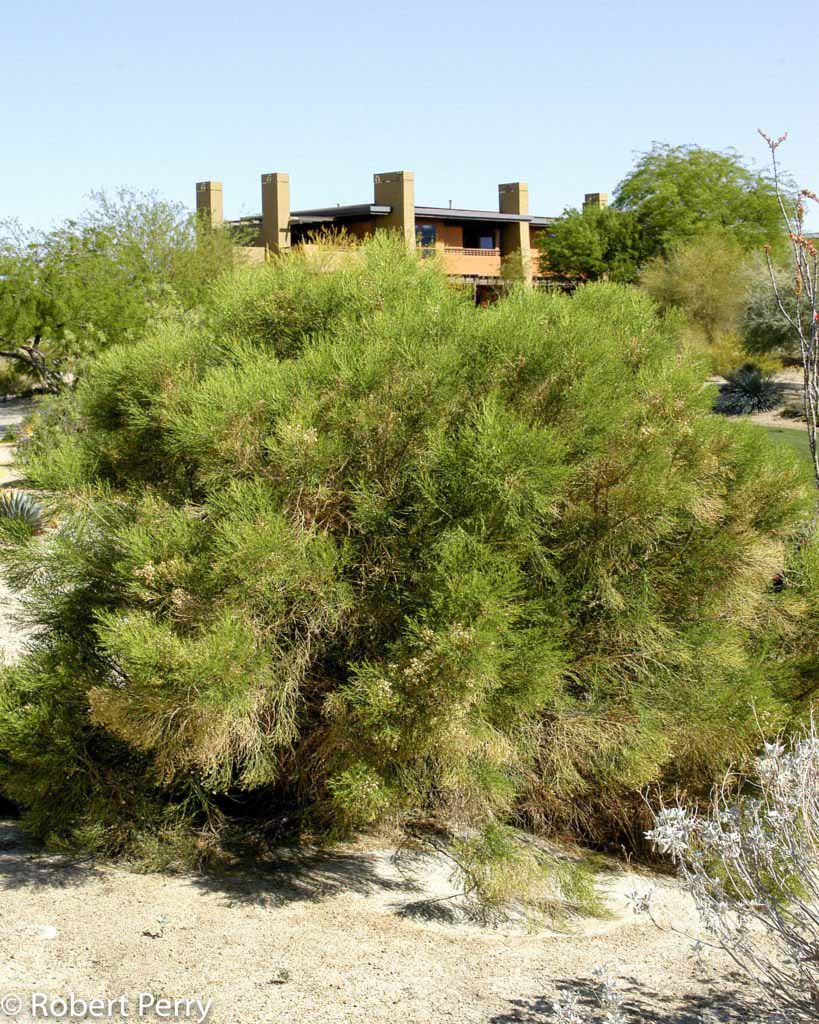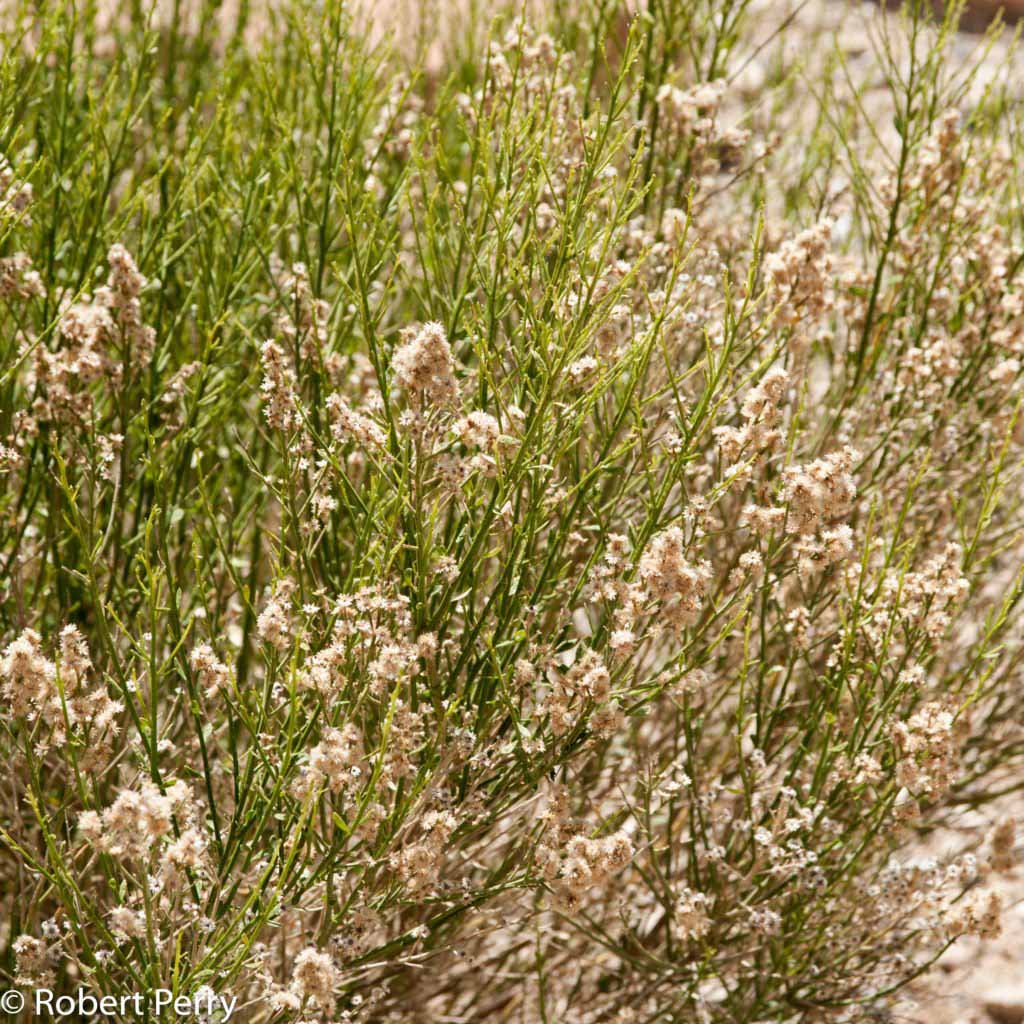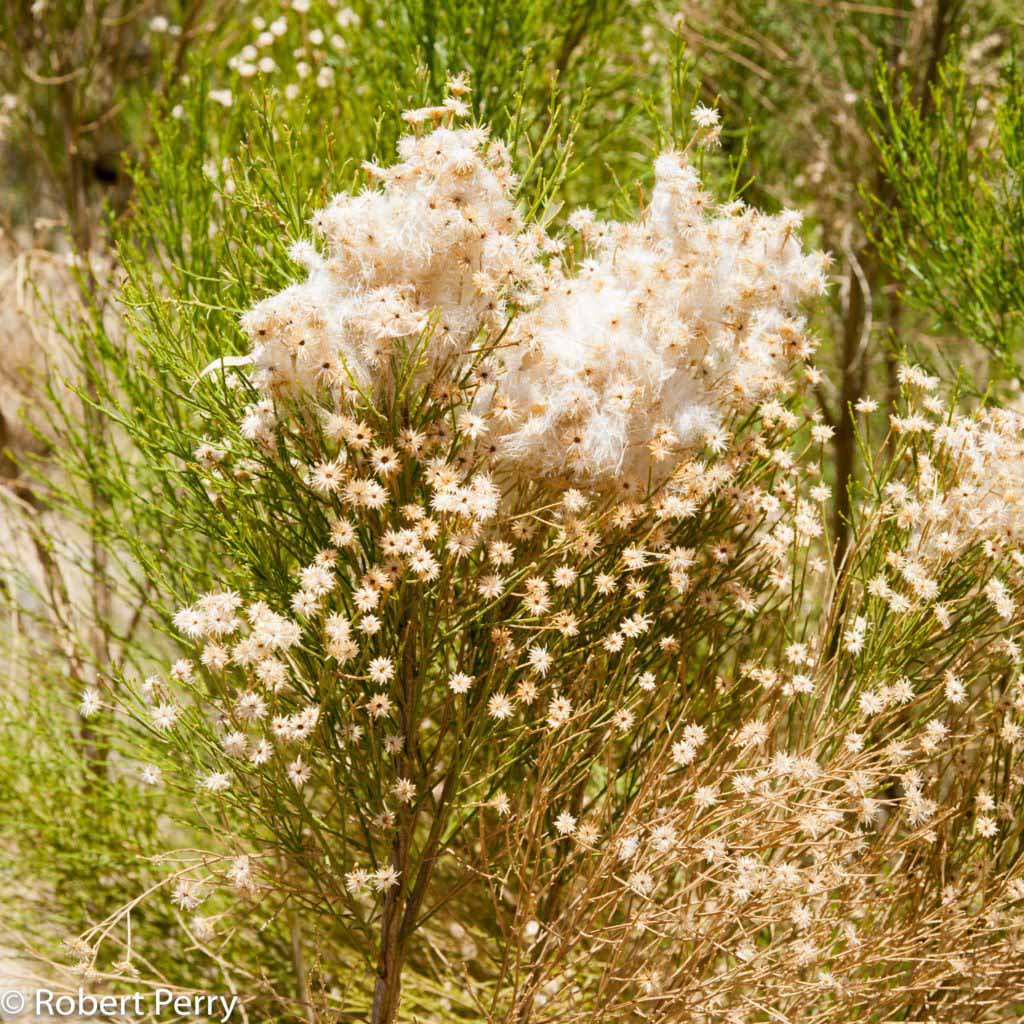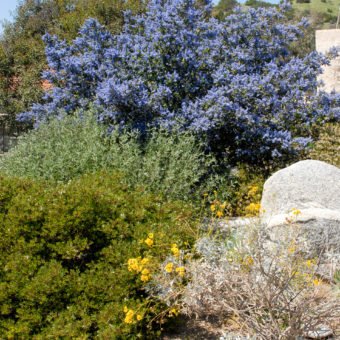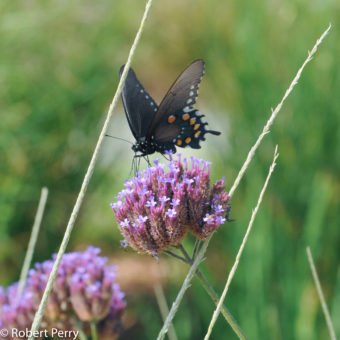The Broom baccharis is well adapted to hot microclimate locations in the Inland Empire where it thrives in sun and with normal winter rainfall and low amounts of summer water. Monthly deep watering from spring through fall will enhance its spring flowering cycle and help maintain good foliage character. It should be noted there are several months marked by an asterisk (*) when winter rains can provide sufficient moisture and irrigation is not needed. The high and low range of moisture indicates it can grow with varying amounts of water depending upon exposure conditions and size.
| |
Jan* |
Feb* |
Mar* |
Apr |
May |
Jun |
Jul |
Aug |
Sep |
Oct |
Nov* |
Dec* |
| Runs per Month |
0x to 2x |
0x to 2x |
0x to 2x |
1x to 2x |
1x to 2x |
1x to 2x |
1x to 2x |
1x to 2x |
1x to 2x |
1x to 2x |
0x to 2x |
0x to 2x |
| Inches per Run |
1″ |
1″ |
1″ |
1″ |
1″ |
1″ |
1″ |
1″ |
1″ |
1″ |
1″ |
1″ |
| |
| Inches per Month |
0″ to 2″ |
0″ to 2″ |
0″ to 2″ |
1″ to 2″ |
1″ to 2″ |
1″ to 2″ |
1″ to 2″ |
1″ to 2″ |
1″ to 2″ |
1″ to 2″ |
0″ to 2″ |
0″ to 2″ |
Range of supplemental summer water: 7"-14"
Range of supplemental winter water: 0"-10"
| |
0″-2″ |
0″-2″ |
0″-2″ |
1″-2″ |
1″-2″ |
1″-2″ |
1″-2″ |
1″-2″ |
1″-2″ |
1″-2″ |
0″-2″ |
0″-2″ |
| |
Jan* |
Feb* |
Mar* |
Apr |
May |
Jun |
Jul |
Aug |
Sep |
Oct |
Nov* |
Dec* |
For more information on how to use this Irrigation Schedule and Graph, follow this link.
For information how to calculate your irrigation system’s schedule and precipitation rate, please follow this link.
Prune by heading back as much of the new-ish growth as desired in May or cut back as needed mid-winter (January – February) prior to spring growth (1). Every number of years, if looking like it needs to be reinvigorated, Baccharis can be “coppiced” by cutting all the way to the ground to promote new shoots and full regrowth (2). Coyote brush is adaptable to pruning. It can be cut back or sheared like a hedge to promote a denser plant. With some work most Baccharis pilularis or pilularis hybrids can be maintained as a formal hedge (3).
References